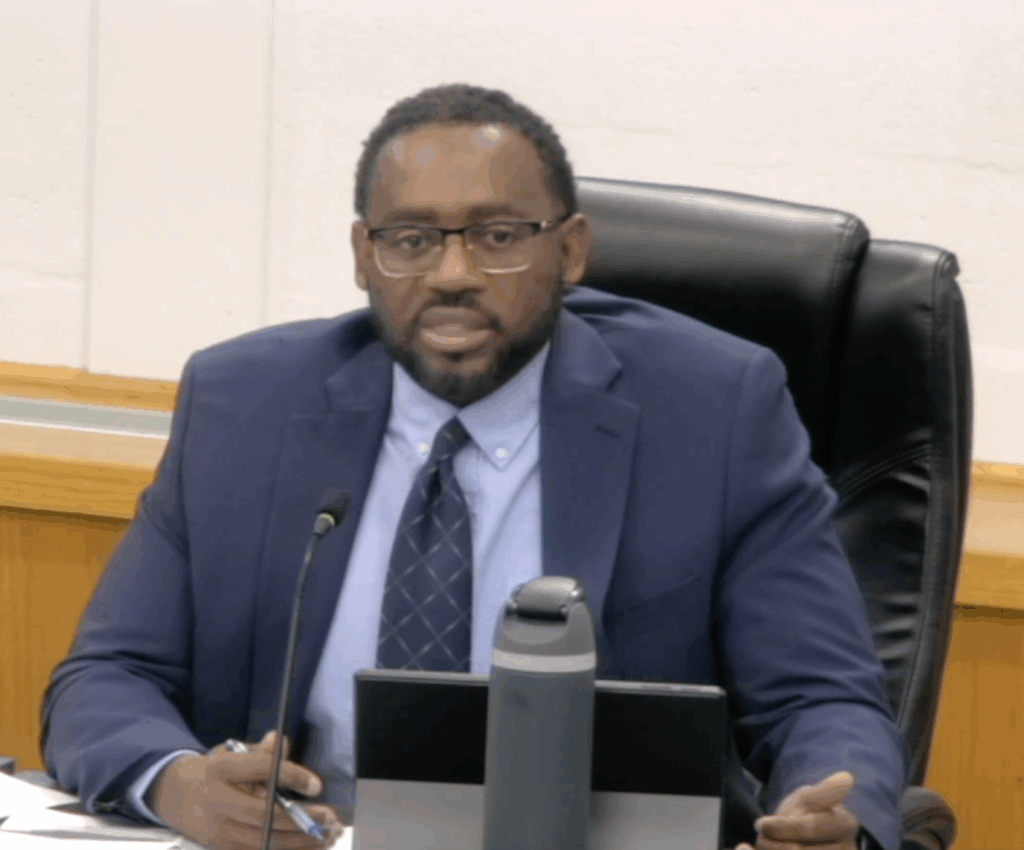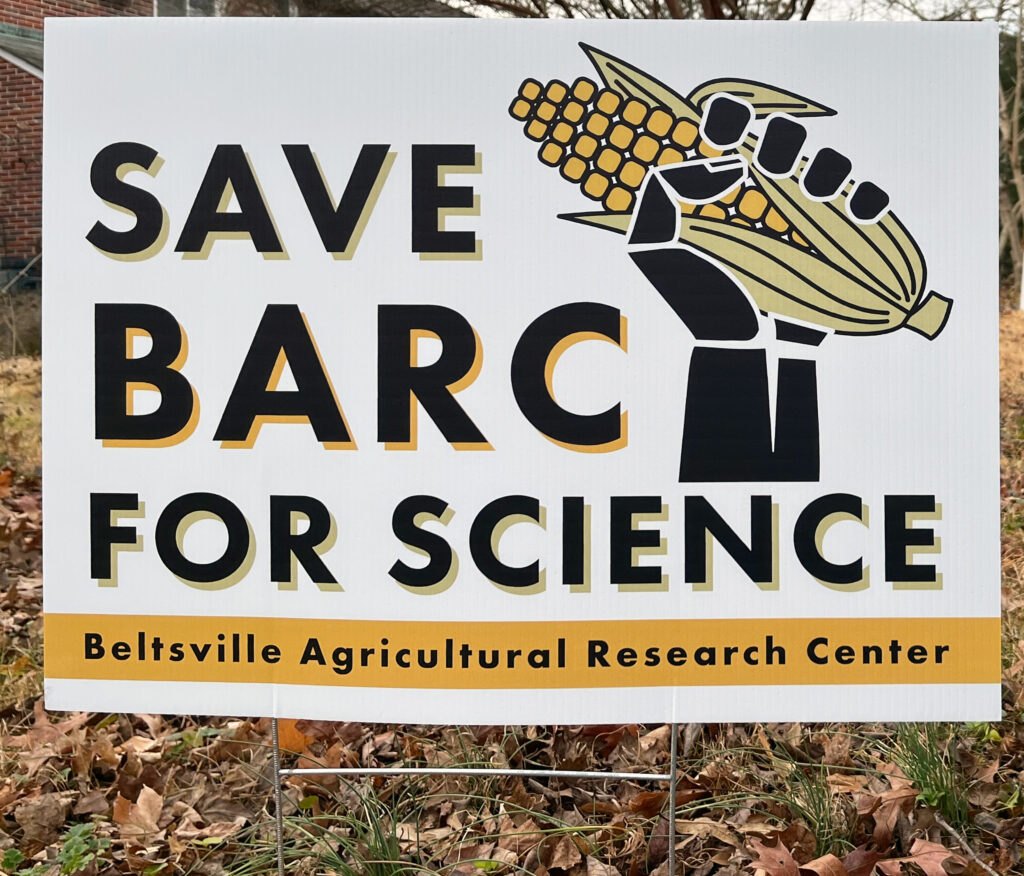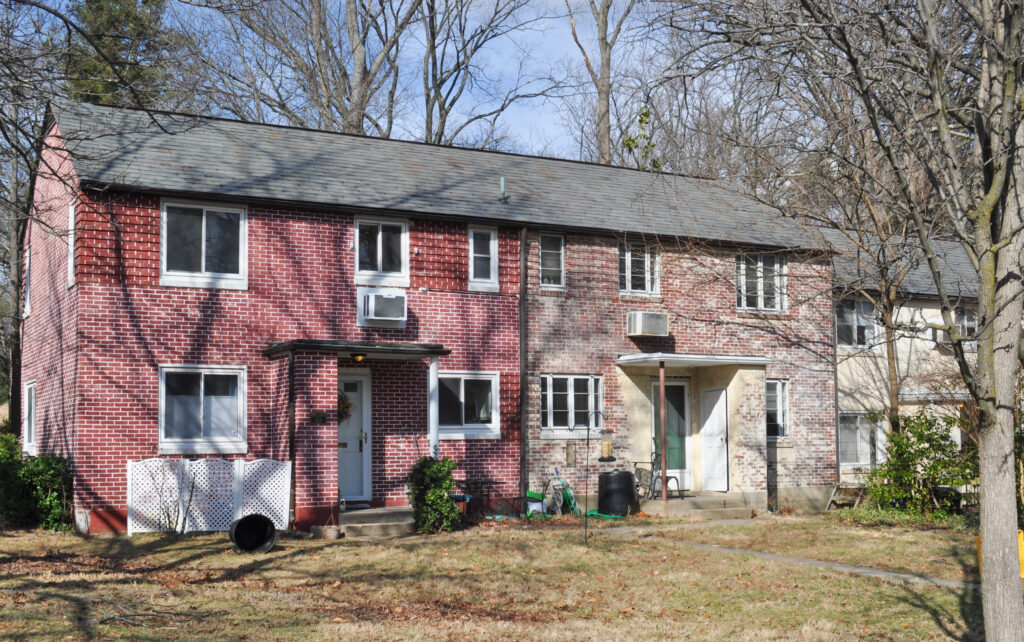At the Greenbelt City Council meeting on May 10, Councilmember Leta Mach moved and council adopted a motion to authorize City Manager Nicole Ard to draft a letter that presents comments on the maglev Draft Environmental Impact Statement (DEIS) from the environmental law firm of Jill Grant and Associates. The letter will be presented for council signature at the meeting of May 23, with Byrd noting that the vote at that time would be final because responses to the DEIS are due the next day.
Grant presented a summary of her group’s work to date, noting they were close to finished. She said that the comments were currently 200 pages. She summarized by saying that the city’s comments will address the enormous cost and inadequate benefit of the project, the extensive environmental effects and the lack of concern for environmental justice. She also noted the project’s failure to observe existing laws or to provide adequate information and analysis on the impact on the environment and the communities affected.
She provided a number of specific instances. Under National Environmental Policy Act (NEPA) requirements, for example, the project has consistently failed to provide all the requested information, while data that they did provide was inadequately analyzed. The project, according to Grant, has also failed to comply with historic preservation requirements and Department of Transportation regulations, among other regulatory constraints. As Grant succinctly put it, “So much disruption for so little benefit.”
Misleading Analyses
Grant noted specific instances where data are not just lacking but actively misleading, citing as an example a cost-benefit analysis that depends on ridership and travel time statistics to justify the cost. She also notes that although the DEIS is required to say how damage to environmentally sensitive areas will be mitigated, no such strategies are described. The comments also include DEIS postponement of geophysical and geotechnical analysis, though analysis of soil and the subsurface strata are a significant factor in design (especially of tunnels and bridges) from the very earliest stages. She pondered how alignments could have been chosen without considering such factors.
Strategy
Part of carrying the day is strategic planning to capitalize on any potential advantages and to be ready to respond to setbacks. Grant’s strategy incorporates a series of fallbacks. They want to win in the first round with a strongly-supported recommendation to pursue the no-build option. If, however, the Federal Railroad Administration (FRA) decides to go ahead, Grant’s first fallback recommends a new DEIS be required since the current one is so flawed. Her second level of fallback is that requested information must be delivered and that the comment period should be extended to accommodate that – at least buying time.
Lining up the Ducks
Grant pointed out that the comments are so detailed for a number of reasons. One is that they make the point that, “The city is really serious about the project and not just making a position statement.” She also notes that the level of detail and thoroughness provide a deterrent because of the work required to counter the well-documented objections. Lastly, if the city wants to appeal, it has all the groundwork needed to immediately request an injunction to stop any work taking place. If the project moves forward regardless, the countering evidence must be available immediately, because once work starts, it’s too late. She also noted that to appeal an issue, it must be raised during the comment period.
Grant was frankly amazed by the recent communique from Baltimore Washington Rapid Rail (BWRR) that the Spellman overpass, cited in the DEIS as being demolished, was in fact safe. But she emphasized that this information cannot be relied upon as jurisdiction lies with the FRA and not with BWRR.
Councilmembers were enthusiastic about the report. Councilmember Judith Davis wanted to deliver a copy in person to U.S. Representative Steny Hoyer and Senators Ben Cardin and Chris Van Hollen. She noted that she hoped reference was made to the Migratory Bird Treaty Act, which as a resident noted “would slow them up by two years,” by requiring an analysis of intentional bird take which would result from the effects of the disturbance around the tunnel entrance.
Councilmember Rodney Roberts mentioned there were five different projects affecting the Beaver Dam Creek which were being considered piecemeal. He was assured that they were all included in the brief.
Other council activities at this meeting will be summarized in a later issue.




